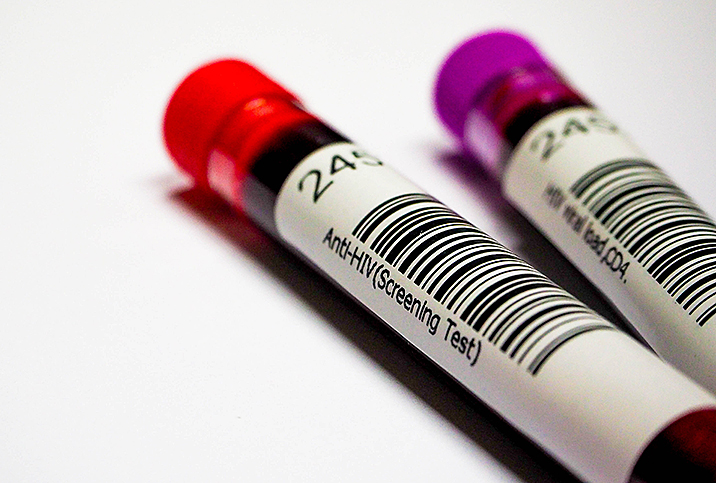PrEP Basics: An HIV Prevention Strategy

Despite many medical advancements in treatment options for people infected with HIV, or human immunodeficiency virus, contraction of the virus is still a very real and present concern worldwide. Condoms are a reliable method of prevention when used without accident or incident, but if you’re sexually active and interested in another great way to prevent HIV, find out more about pre-exposure prophylaxis (PrEP).
What is PrEP?
PrEP is a medical strategy that involves the use of anti-HIV medications to give your CD4-positive T cells protection against attacks from exposure to HIV. CD4-positive T cells play a crucial role in the body’s response to infections. Daily use of the medication allows the treatment to build up in your body. If you’re exposed to HIV through vaginal or anal sex, the virus is unable to multiply and survive, allowing you to avoid contracting it.
PrEP is available in both commercial and generic brands, but Descovy and Truvada are two of the most recognized products on the market. People of all sexes and genders can take pre-exposure prophylaxis for protection against HIV exposure.
Transgender individuals can take PrEP without serious concern for interference with hormone medications. Additionally, more studies are being done to examine the intersection of pre-exposure prophylaxis and other medications and conditions, including birth control and pregnancy.
It’s important to note that the medication lasts longer in the body rectally, so protection from HIV infection through anal sex is perhaps less prone to error from missed doses or lapses in availability.
Dosage & support systems
Most of the studies conducted to better understand PrEP and the risk of infection from HIV have involved men who have sex with men, or heterosexual couples with one HIV-positive member and one HIV-negative member.
The recommended dosage for pre-exposure prophylaxis is once a day, and it must be taken consistently to prevent any deviations in protection from HIV infection. Taking more than one dose a day doesn’t increase protection, and the medication does not protect users from other sexually transmitted diseases (STDs). Additionally, you’re required to have a negative result on an HIV test before using PrEP and consistent testing once you’re using it.
If there are other mitigating factors to your health and sex life, you’ll definitely want to talk with your healthcare provider before taking a new medication.
Steps to accessing pre-exposure prophylaxis may differ depending on where you live. Various organizations and healthcare providers help patients access the medication, but they are more available in some areas than others. To find a local institution or center that can answer your specific questions, use this PrEP locator and enter your ZIP code.
As mentioned before, PrEP works by concentrating and building up protection for your cells that are attacked by HIV during exposure. This protection builds up in the rectum and vagina to prevent contraction of the virus during sex without barrier protection.
Using pre-exposure prophylaxis requires some diligence and open communication with your sexual partner(s). Remember that PrEP only provides protection from HIV to currently HIV-negative people, so keep that in mind during talks about intercourse and protection with your healthcare provider.
An extra layer of HIV protection
Condoms are highly effective when it comes to protection from HIV, so why bother with PrEP anyway? The simple answer is that it can never hurt to have an extra layer of protection, especially if, after evaluating your own risk factors, you believe there’s a high possibility you may be exposed to HIV.
Fortunately, living with HIV is very different now than it was 30 years ago. Treatment has made incredible progress, and someone diagnosed with HIV can live a relatively normal, healthy life.
Nonetheless, HIV is still a serious health concern and one that is best avoided in the first place. PrEP is a proven, effective method for helping you do so, and is approved by the Food and Drug Administration.

















